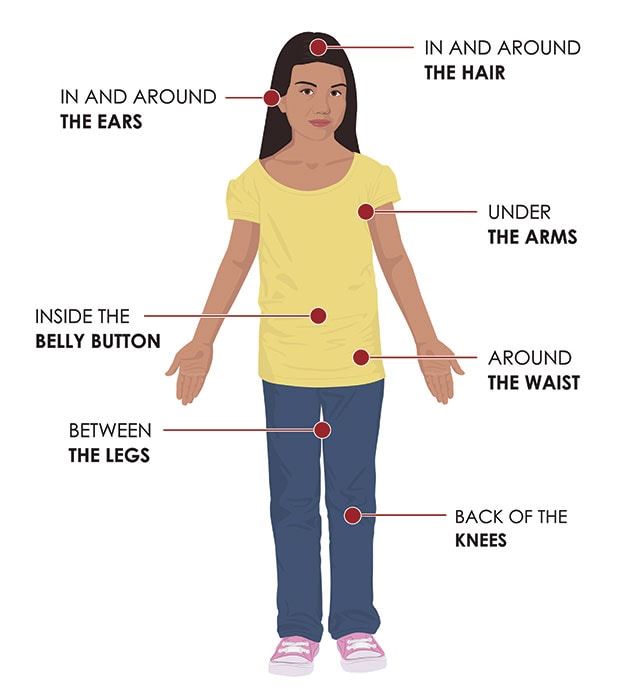Ticks can spread diseases like Lyme disease, Rocky Mountain spotted fever, and ehrlichiosis. Fortunately, you can take steps to protect yourself and your family from getting bitten.
Dress Appropriately
- Wear light-colored clothing to make it easier to spot ticks.
- Tuck pant legs into socks and boots, tuck shirts into pants, and wear long-sleeved shirts buttoned at the wrist.
Use Insect Repellent registered by the Environmental Protection Agency (EPA) when outdoors.
- Use repellents containing DEET, picaridin, IR3535, Oil of Lemon Eucalyptus (OLE), para-menthane-diol (PMD), or 2-undecanone.
- Use EPA’s search tool to find a product that is right for you.
- Always follow product instructions.
- Apply permethrin to clothing and shoes to kill ticks. Do not apply to bare skin.
Avoid/Reduce Tick Habitats
- Avoid tick-infested areas, such as tall grasses and wooded areas.
- Stay on trails.
- In yards, keep grass and underbrush thinned and eliminate wood piles.
- Consider using landscaping techniques to create a “tick-safe” zone.
Do a Tick Check
- Check for ticks whenever you, family members, or pets return from being outside, even in your own yard.
- Shower within 2 hours of being outdoors to wash off ticks.
- Put clothes in the dryer for 10 minutes on high heat to kill remaining ticks.

Prevent Ticks on Your Pets